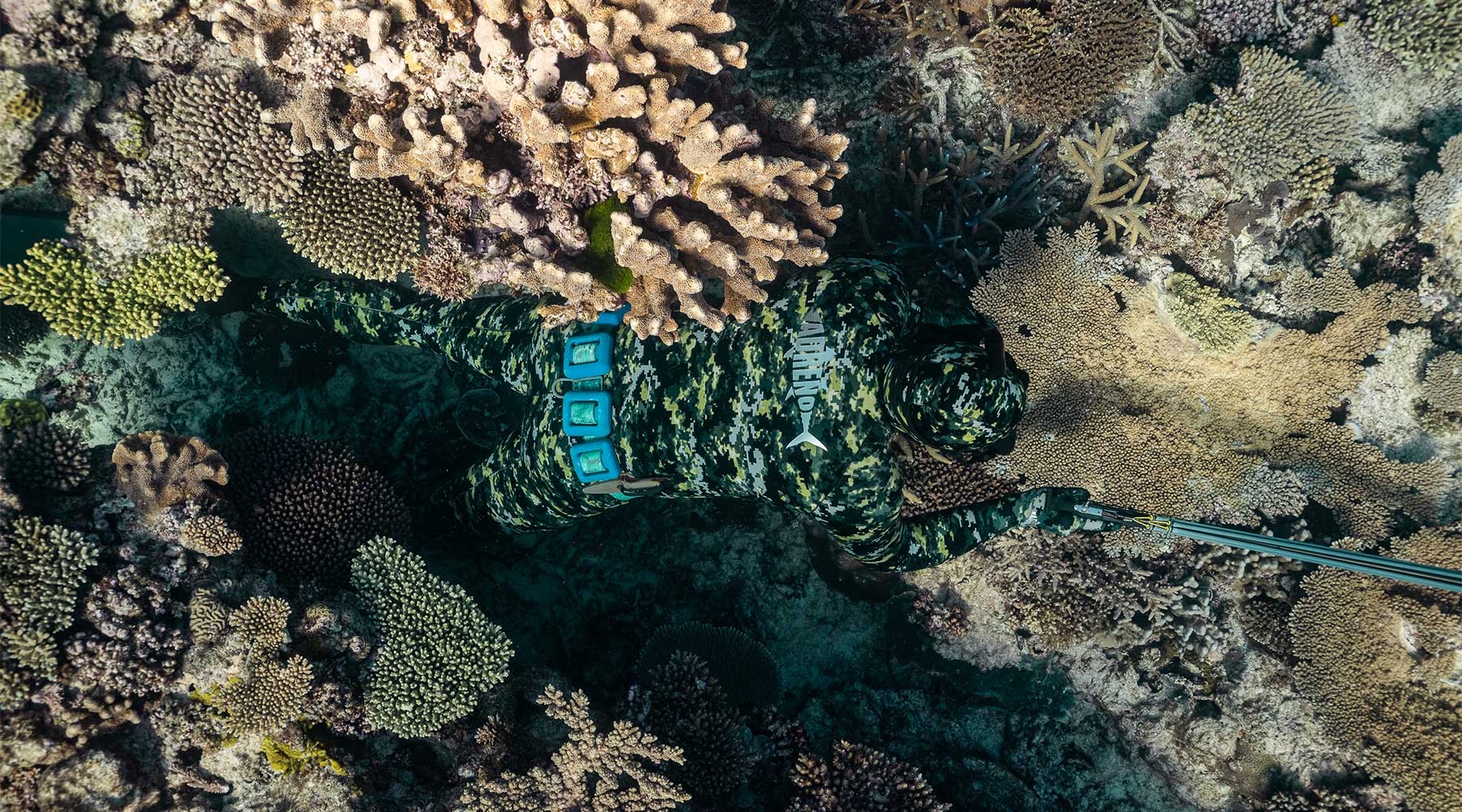Weights
Weights come in a variety of materials and designs and can be stored on your person in a variety of ways to control buoyancy. Without negatively buoyant weights, your body and the neoprene you've wrapped it up in is too positively buoyant to descend. Adreno stocks a variety of styles to suit different preferences and... Read More

Weights
Weights come in a variety of materials and designs and can be stored on your person in a variety of ways to control buoyancy. Without negatively buoyant weights, your body and the neoprene you've wrapped it up in is too positively buoyant to descend. Adreno stocks a variety of styles to suit different preferences and applications.
Lead Weights: The traditional style of diving weight, lead weights are valued for their high density and resulting compact size. Your dive belt slides through the slits in the weights securing them throughout your dive, and they can be fairly easily taken on and off.
PVC Coated Weights: Essentially the same as your regular lead weights, but with a smooth protective coating of Polyvinyl Chloride (PVC). The idea here is that it protects the weight from wear and tear, and protects you and your equipment (e.g. your wettie). This can be especially valuable when your gear is packed away being transported.
Drop Weights: Drop weights serve the same purpose, but have the added benefit of being able to be quickly ditched in critical situations where you may need to quickly gain buoyancy to reach the surface. This also means they're typically easier to take on and off your weight belt, although designs will vary between products.
Soft Weights: Typically these weights can be stored in weight pocket belts or weight pockets. The benefit of this design is their 'softer' feel and ability to mould. Soft weights still use lead, but instead will usually fill a soft PVC bag with lead balls to make it malleable.
Depending on your weight and how much neoprene you're wearing, you'll have to adjust how much weight you choose to dive with. We can't stress the importance of this enough; too little and you'll burn up energy just getting down, too much weight and you could find yourself struggling to stay afloat or reach the surface. We recommend figuring it out in a safe setting like a pool, recording how much you need and then adjusting to saltwater conditions accordingly.
A few ways to make sure you're using the correct weight is to consider these few things:
- Are you diving in saltwater or freshwater? You float more in saltwater so need more weight.
- How thick is your wetsuit? The thicker the suit, the more weight you need.
- What's your height and weight? More body fat requires more weight.
- What type of diving are you doing? Certain sports require different amounts of weight depending on equipment, depth and activity.






